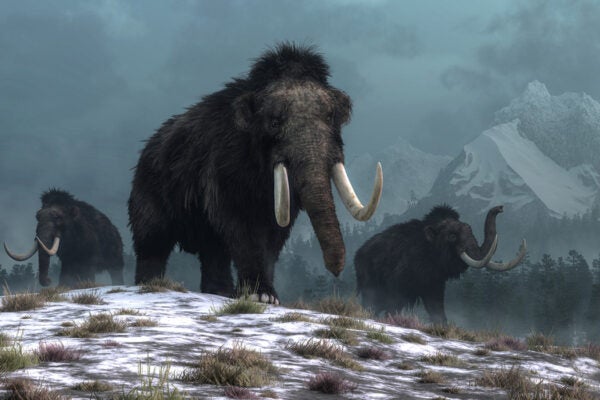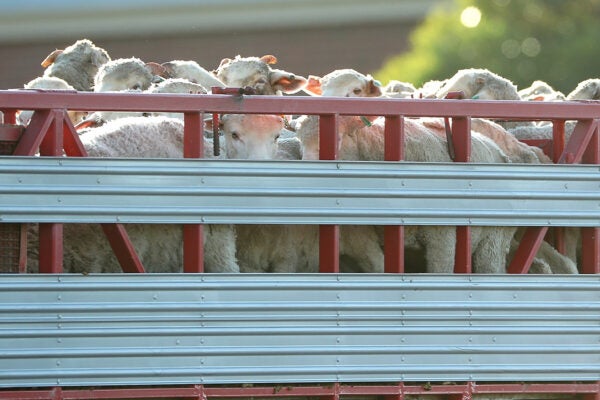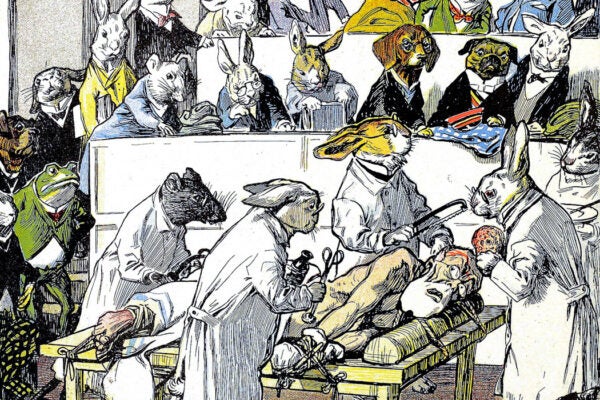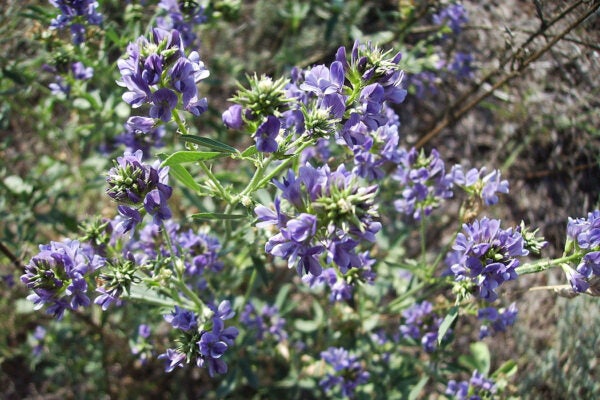Out with a Whimper
Some species go extinct obviously and fast, but just as often, the process can be hard to detect until it’s too late.
Did Inbreeding Cause the Woolly Mammoth’s Extinction?
Research suggests it was more sudden than that.
Growing Quickly Helped the Earliest Dinosaurs
Rapid growth also helped other ancient reptiles flourish in the aftermath of mass extinction.
The Long History of Live Animal Export
The practice of live animal export from Australia is controversial and complex, and it has a longer history than you might realize.
The Dangers of Animal Experimentation—for Doctors
Nineteenth-century opponents of vivisection warned that the practice could make researchers and physicians callous toward all living creatures.
Alfalfa: A Crop that Feeds Our Food
In 2023, American farmers grew more than 9 million acres of alfalfa. What makes this legume hay so special?
Saffron: The Story of the World’s Most Expensive Spice
Appearing in the written record as early as 2300 BCE, saffron can be traced in foodways around the globe, despite the finicky nature of its harvest.









